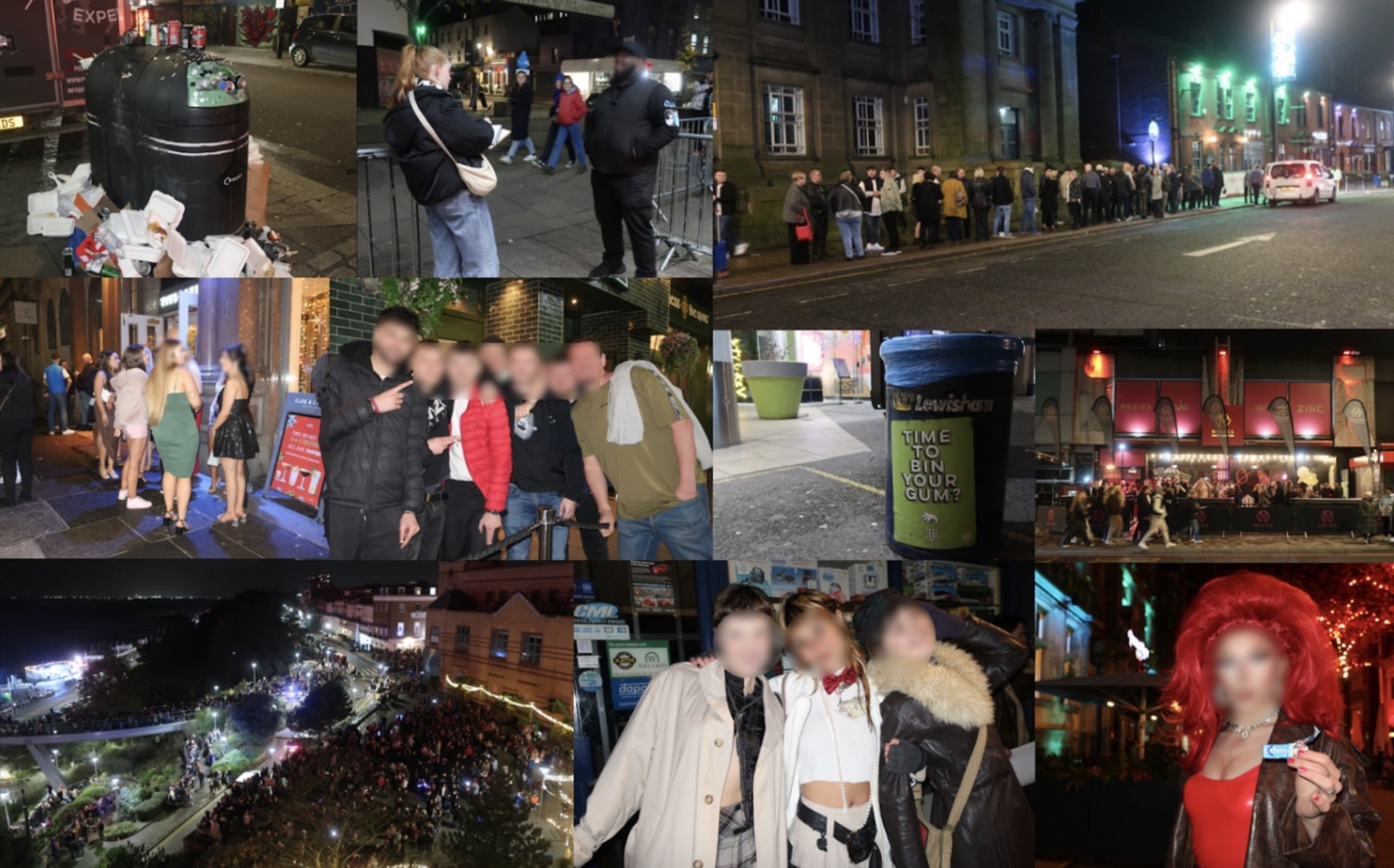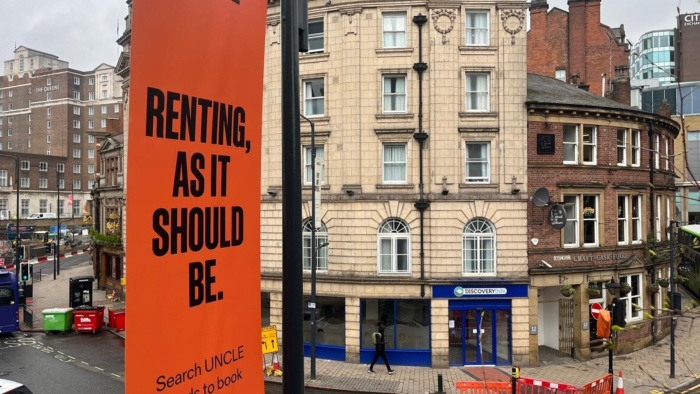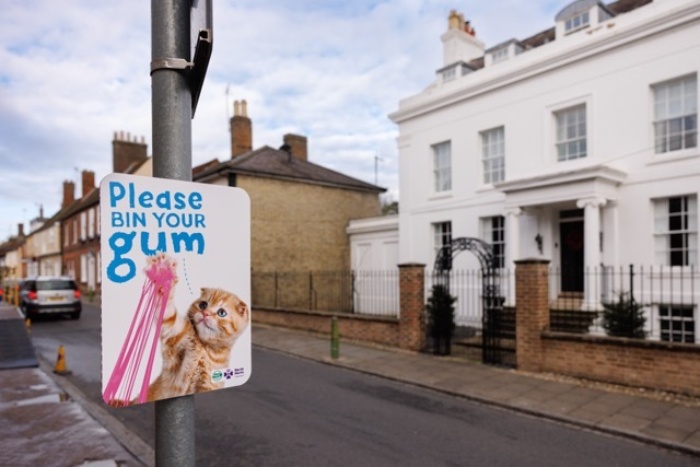
At Behaviour Change, we love to learn, grow and innovate. So, each year we get excited for the innovation element of our Chewing Gum Task Force work.
Last year, we decided to tackle one of the more challenging gum littering contexts that we uncovered in our 2016 research: the night-time economy. Although we pride ourselves on the salience of the signs in the prevention package we currently offer to councils, we knew that targeting drunk people in the dark was a different kettle of fish. So how did we tackle it? Read on to find out.
PHASE 1: Commission brand new research
Our 2016 research (and multiple conversations with councils over the years) had identified that the night-time economy was a hotspot for gum litter. But beyond that, we didn’t know much else about the root causes. Therefore, we commissioned new ethnographic research to help us to uncover why.
Ethnography is a qualitative research method focused on studying people and their interactions within their natural environment, and involves immersion into their context and culture. So, our researchers did just that. They truly mixed work and pleasure by going on several nights out across the country, getting involved and immersing themselves in what was going on.
Their observations (alongside very entertaining anecdotes, quotes and photos) painted a picture of the reasons why people may be dropping their gum in the night-time economy, unlocking some new areas for intervention.
PHASE 2: Translating insights → interventions
Whilst we wanted to be innovative, we also had to be realistic. There were some reasons for littering we just weren’t going to be able to solve (reducing alcohol intake to prevent lowered inhibitions is just slightly out of scope for the Chewing Gum Task Force). We also couldn’t solve all the reasons within the time and budget we had for the project, so we homed in on 3:
1.) Perceived impact: Night-time economy areas are dirty and messy, with bins that are overflowing (or even on fire in one case) and uninviting. People didn’t feel others cared for the space, so why should they?

2.) Enablers: Nightlife areas are often busy, dark and filled with people having a good time with their friends. Bins are not a prominent feature - they are often dark coloured and placed off to the side. If people can’t see the bin, how can they use it?

3.) Disposal urgency: On nights out, there are a multitude of reasons someone might want to dispose of their gum quickly (eating, drinking, smoking, kissing…). If the bin is not available in those moments and places, it doesn’t get used.

Together with a group of local authorities, we put our heads together to brainstorm what we could do, and via a few rounds of refinement, came to a toolkit of interventions which when combined addressed all 3 of our key insights:
- Bringing temporary big bins into the night-time economy area, and emptying litter bins as late in the day as possible to increase bin capacity ready for the night-time
- Installing new small gum and butt bins outside venues in the hotspots where people are commonly littering, to make the bin available in the right moments
- Designing brand new stand out signage, optimised specifically for the nightlife context (also trialling glow-in-the-dark ink!) to make sure the available bins are as visible as possible
PHASE 3: Real world testing
Once we’d designed our interventions, it was time to pilot them. We did this in Concert Square in Liverpool - an area with a rich nightlife and plenty of accompanying gum staining. This involved a couple of trips to Liverpool to scope out the area at night (no shots were consumed despite being offered many) and to install the signage.
Our interventions were evaluated by counting the amount of gum and non-gum litter pre- and post-intervention, and cross referencing this with footfall data. We found that the interventions proved successful - with up to a 47% reduction in gum littering and a 44% reduction in non-gum littering observed. Additionally, a survey with members of the public in Liverpool showed that people felt littering had improved in the area after the interventions had been implemented.
The success of this innovation pilot has led to the interventions being offered to a small number of councils with funding for this year of the Chewing Gum Task Force as we continue to build on the work.
If you have a sticky issue, do reach out, we might just be able to help!
Share
RELATED ARTICLES
Sustainability

Wishcycled recently?
Our innovative intervention to tackle one of the biggest barriers to recycling correctly
25/06/25
Read moreCase study

Making rented homes better with behavioural interventions
Tasha reveals the 3 behavioural interventions we've launched targeting landlords in Leeds
27/11/24
Read moreProjects

Ideas that stick!
Getting ready to kick off year 2 of a five year scheme to reduce gum litter in the UK
03/02/23
Read more